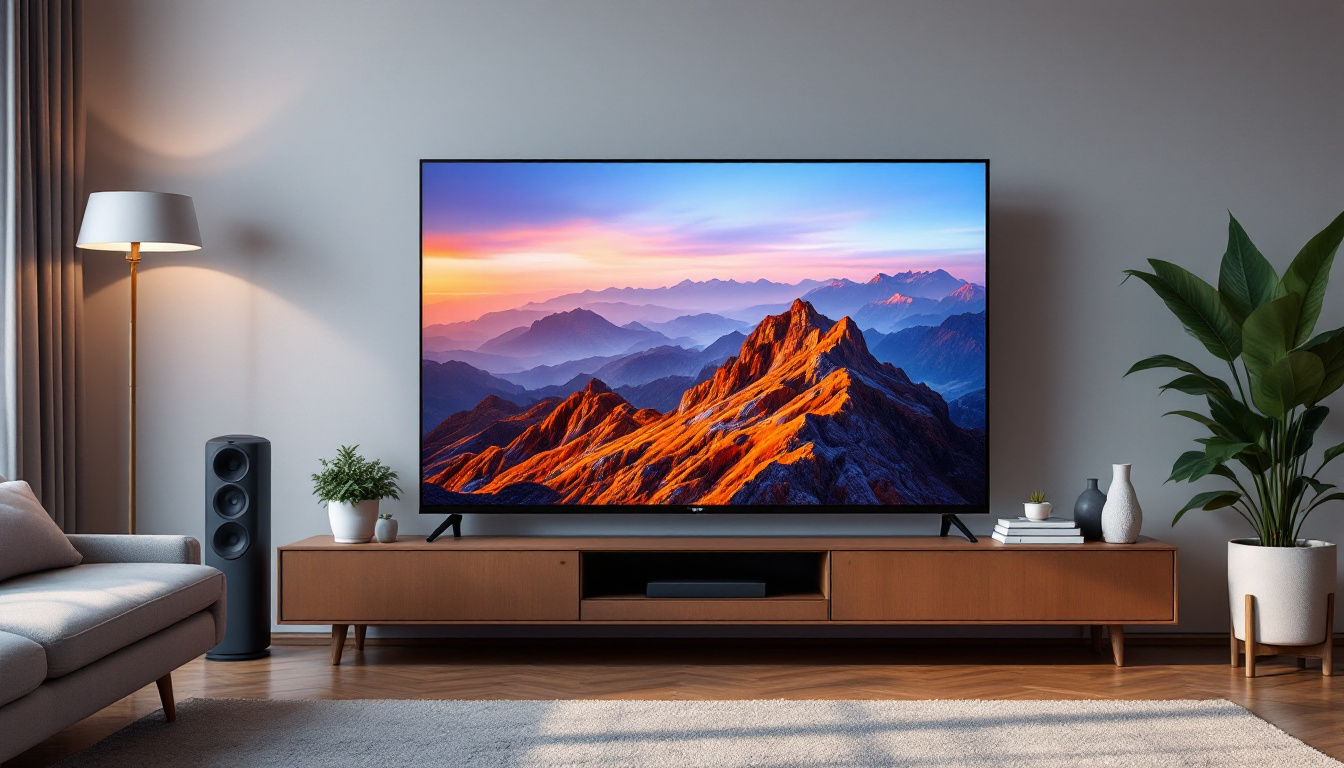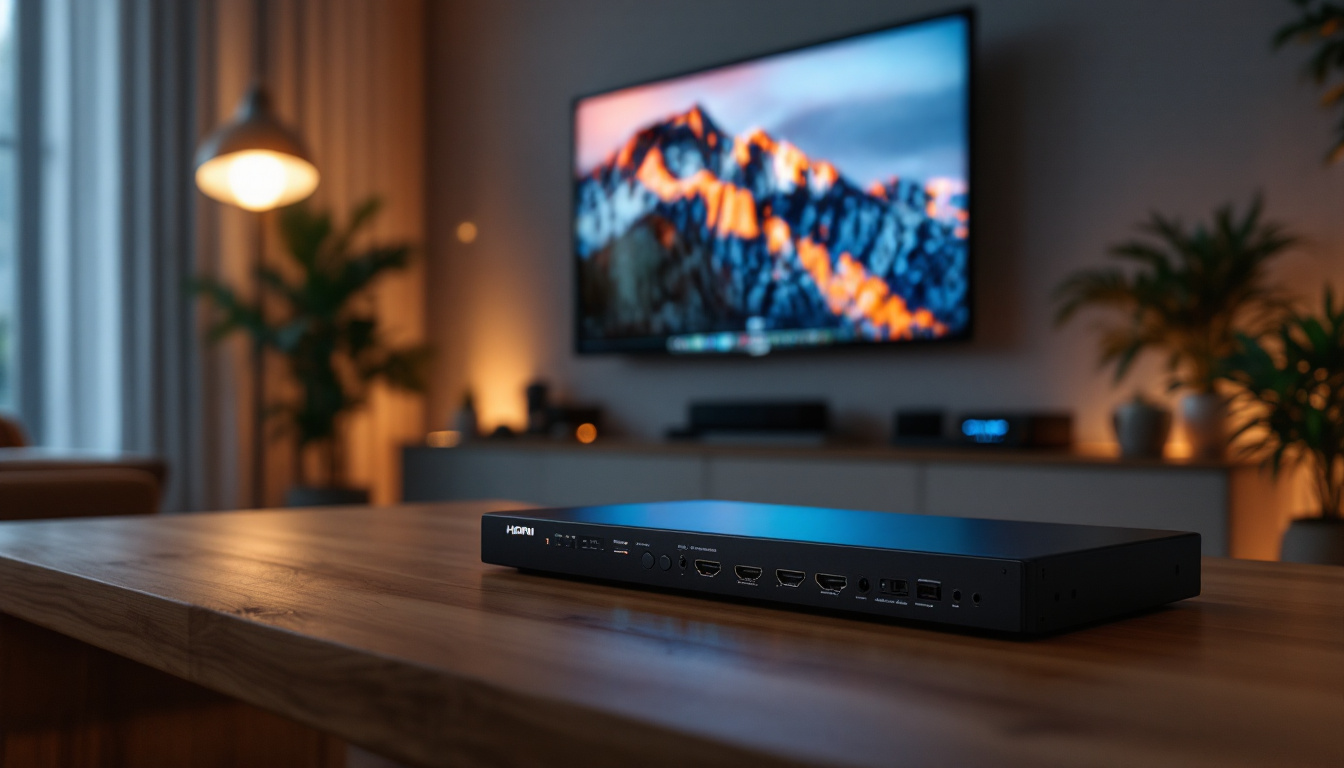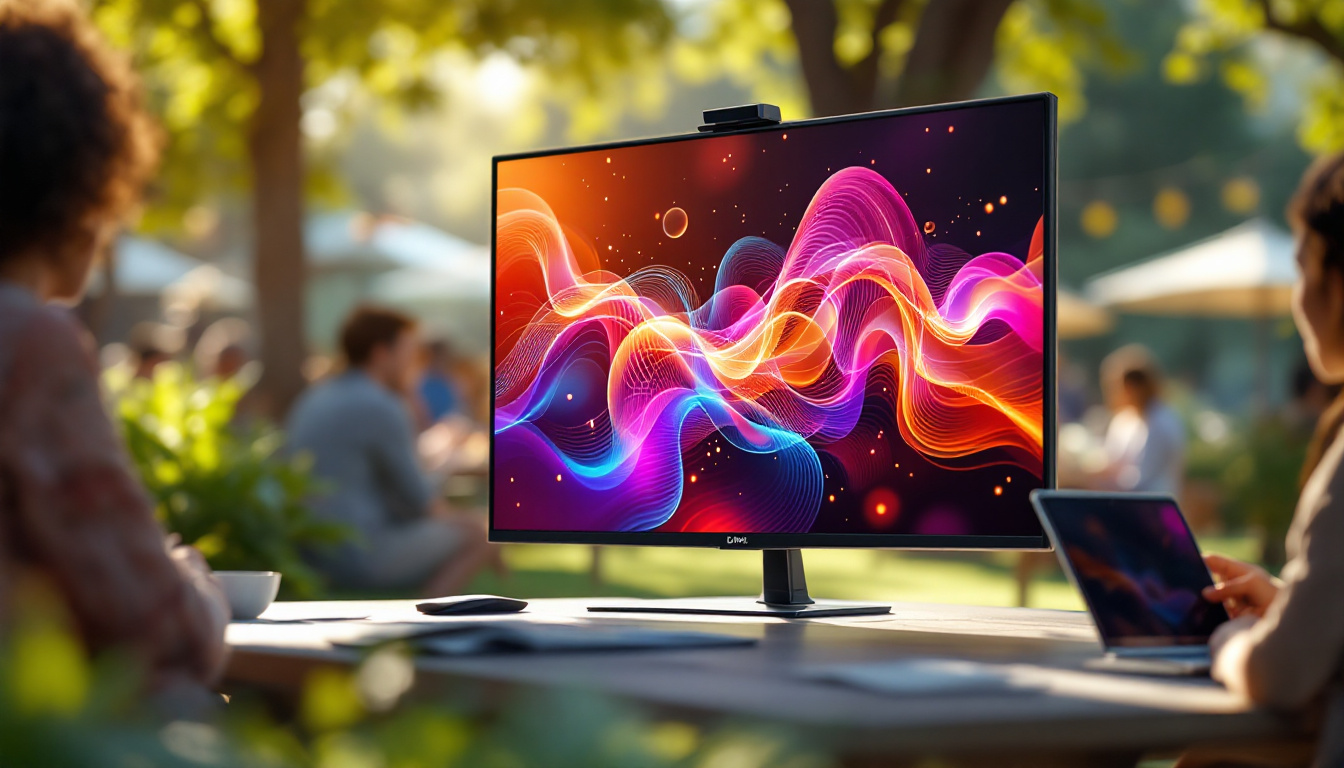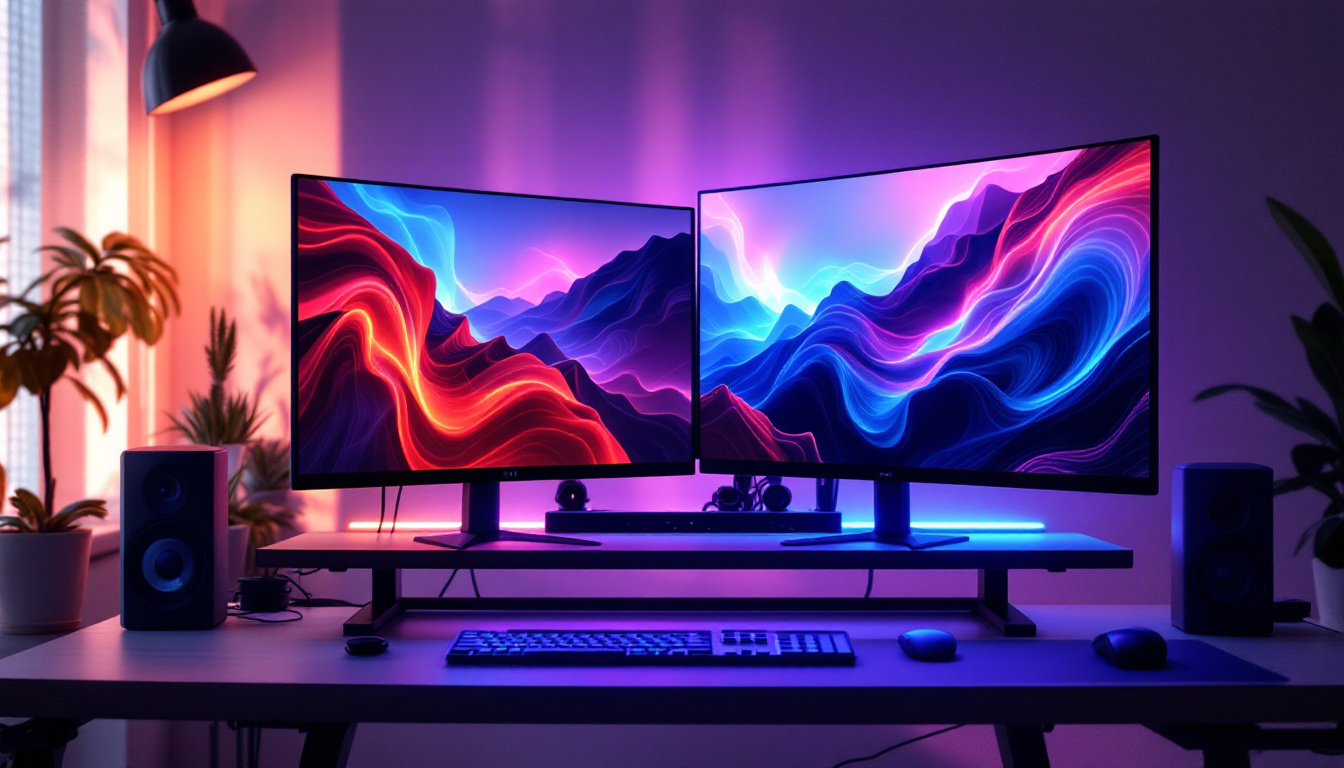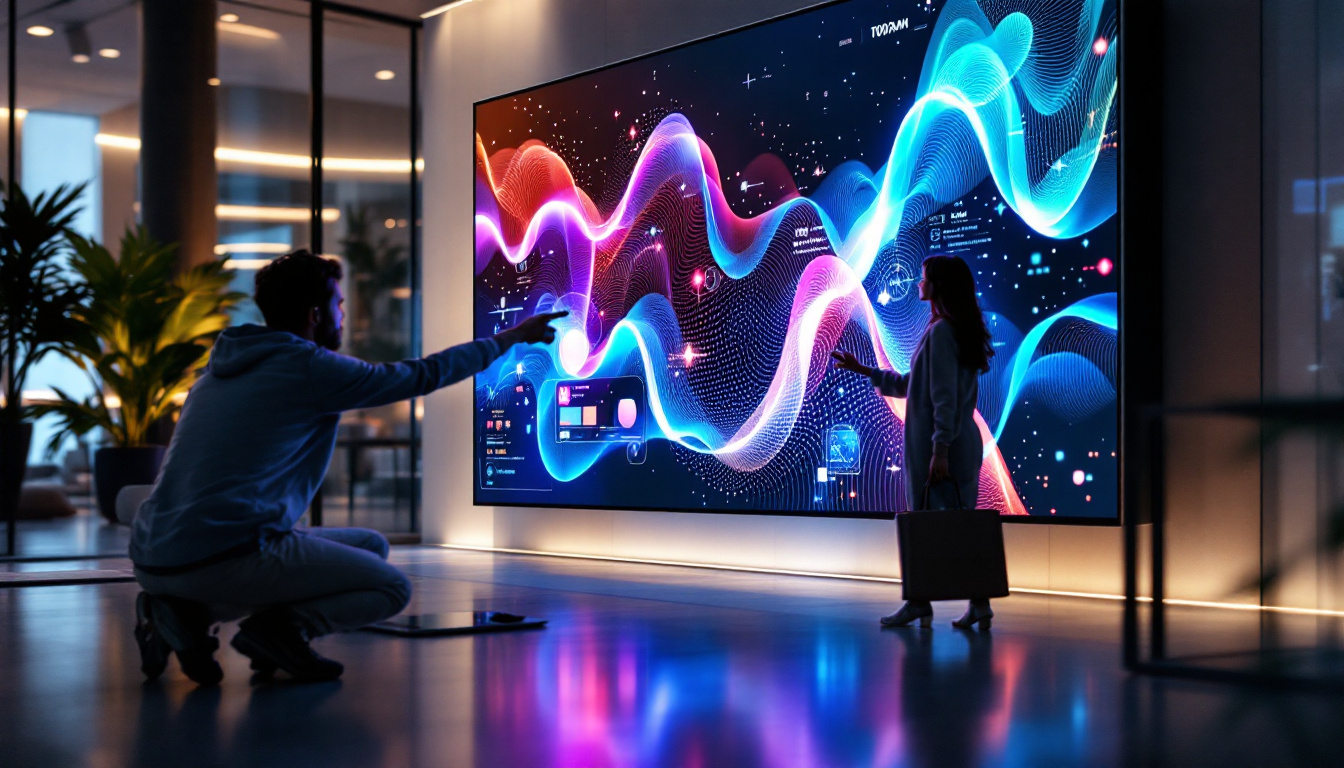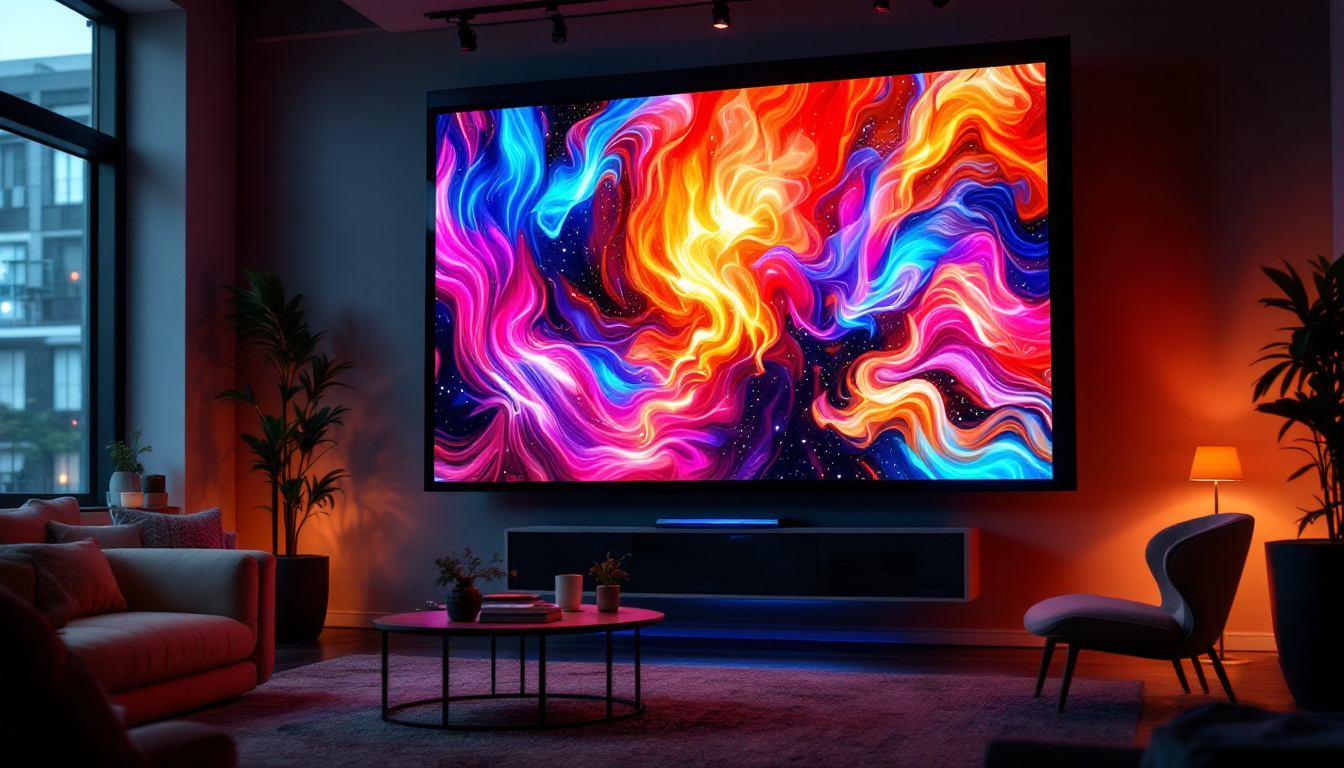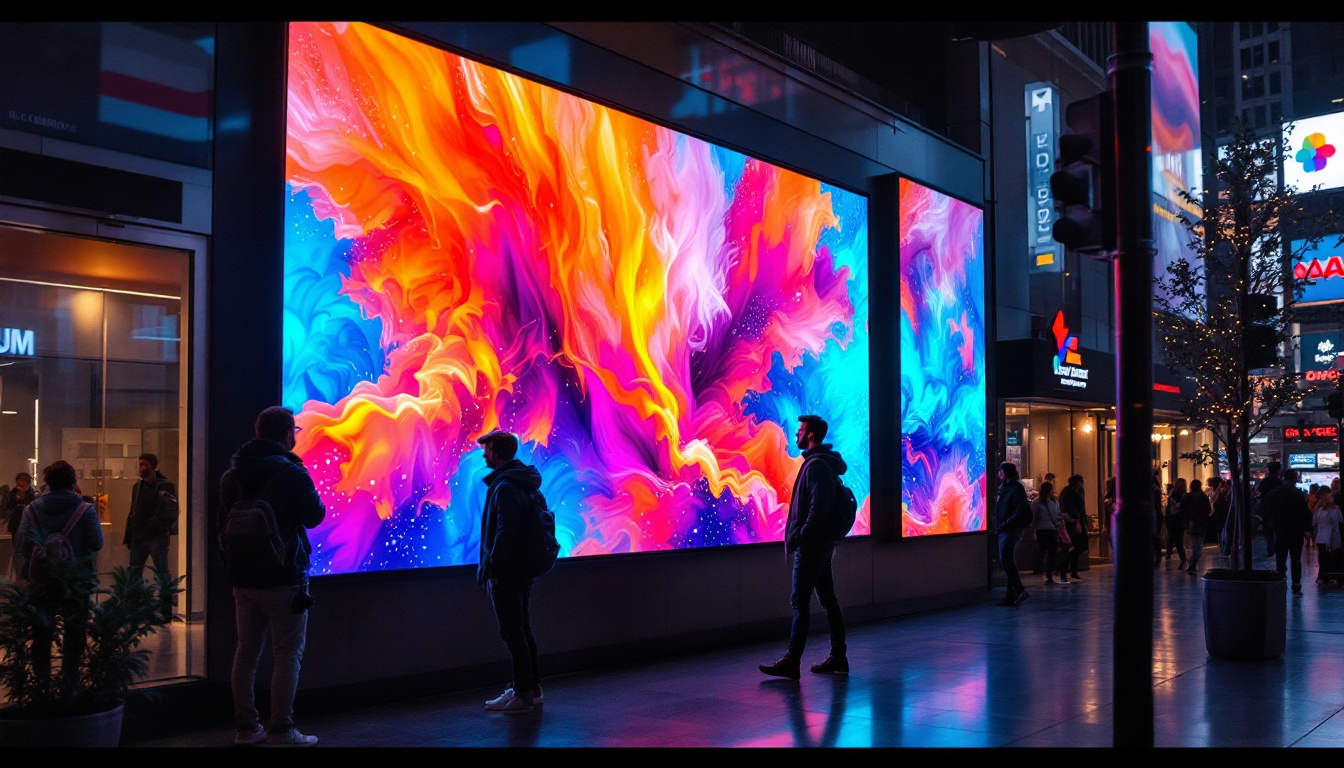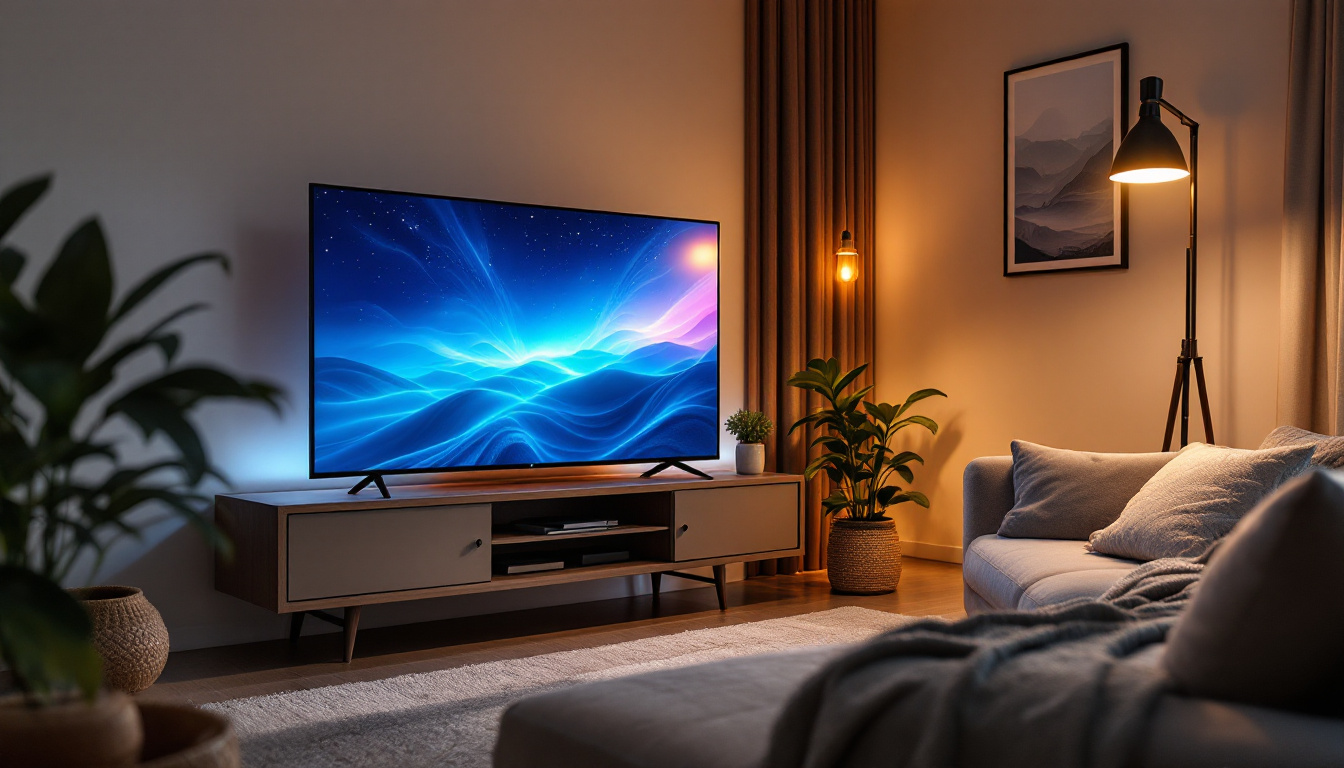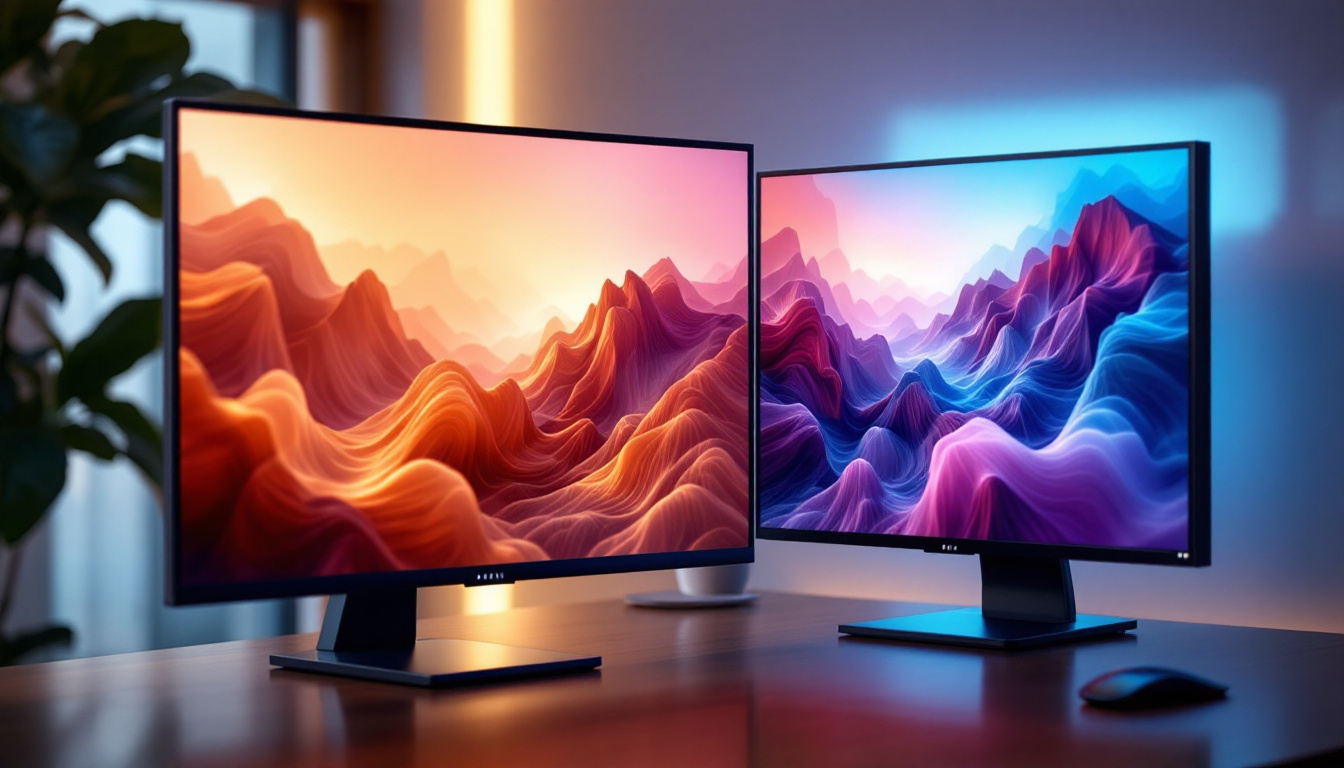Thin Flat Panel TV: LED Display Explained
In today’s fast-paced digital world, the evolution of television technology has led to a remarkable shift in how we consume entertainment. One of the most significant advancements is the thin flat panel TV, particularly those utilizing LED display technology. This article delves into the intricacies of LED displays, exploring their functionality, advantages, and the various types available in the market.
Understanding LED Technology
LED, or Light Emitting Diode, technology has revolutionized the way images are displayed on screens. Unlike traditional CRT (Cathode Ray Tube) televisions, which relied on bulky components and cathode rays to produce images, LED TVs utilize a more compact and efficient method. By employing an array of tiny diodes, LED TVs can create vibrant images with superior brightness and contrast.
How LED Displays Work
At the core of LED technology is the principle of electroluminescence, where a semiconductor emits light when an electric current passes through it. In LED TVs, these diodes are arranged in clusters behind or around the screen, illuminating the liquid crystal display (LCD) panel. This backlighting enhances the overall image quality, providing brighter whites and deeper blacks.
There are two primary configurations for LED backlighting: edge-lit and full-array. Edge-lit LED TVs have diodes positioned along the edges of the screen, while full-array models feature a grid of diodes across the entire back of the panel. Full-array backlighting typically offers better contrast and uniformity, making it a preferred choice for many consumers.
The Benefits of LED Displays
LED technology comes with a multitude of advantages that enhance the viewing experience. One of the most notable benefits is energy efficiency. LED TVs consume significantly less power compared to their older counterparts, making them an environmentally friendly option. This efficiency not only reduces electricity bills but also contributes to a lower carbon footprint.
Another key advantage is the improved picture quality. LED displays provide vibrant colors, sharper images, and a higher contrast ratio, resulting in a more immersive viewing experience. Additionally, many LED TVs come equipped with advanced features such as HDR (High Dynamic Range), which further enhances color accuracy and brightness levels.
Types of LED Displays
When considering a thin flat panel TV, it is essential to understand the different types of LED displays available. Each type has its unique characteristics, catering to various preferences and needs.
Standard LED TVs
Standard LED TVs are the most common type, utilizing LED backlighting to enhance the performance of an LCD panel. These models are widely available and come in various sizes, making them suitable for different spaces. They offer excellent picture quality and are generally more affordable than other types of LED displays.
QLED TVs
Quantum Dot LED (QLED) TVs represent a significant advancement in LED technology. These displays incorporate quantum dots, which are tiny semiconductor particles that emit specific colors when exposed to light. QLED TVs deliver exceptional brightness and a wider color gamut, making them ideal for bright rooms and vibrant content.
While QLED TVs excel in color performance, they may not achieve the same level of black depth as OLED (Organic Light Emitting Diode) displays. However, their durability and resistance to burn-in make them a popular choice among consumers looking for long-lasting performance.
OLED TVs
OLED technology, although not strictly classified under LED displays, is worth mentioning due to its prominence in the market. OLED TVs use organic compounds that emit light when an electric current passes through them. This allows each pixel to emit its light, resulting in true blacks and infinite contrast ratios.
While OLED displays provide stunning picture quality, they tend to be more expensive than standard LED and QLED models. Additionally, they may be susceptible to burn-in, where static images can leave a permanent mark on the screen. Despite these drawbacks, many enthusiasts prefer OLED for its unparalleled visual performance.
Choosing the Right LED TV
Selecting the right thin flat panel TV involves considering several factors that align with individual preferences and viewing habits. Understanding these elements can help consumers make informed decisions and enhance their overall viewing experience.
Screen Size and Viewing Distance
One of the first considerations when purchasing a TV is the screen size. The ideal size depends on the viewing distance and the size of the room. A common guideline is to sit at a distance of 1.5 to 2.5 times the diagonal screen size for optimal viewing. For example, a 55-inch TV is best viewed from approximately 6.5 to 11.5 feet away.
Moreover, the layout of the room and the placement of furniture can also influence the choice of screen size. A larger screen may be suitable for a spacious living room, while a smaller model might be more appropriate for a bedroom or cozy den.
Resolution and Picture Quality
Resolution is another critical factor to consider. Most modern TVs come with either Full HD (1080p), 4K (2160p), or even 8K resolutions. While Full HD is sufficient for everyday viewing, 4K TVs offer four times the resolution, providing sharper images and more detail. This is particularly beneficial for larger screens, where lower resolutions may appear pixelated.
For those who enjoy high-quality content, investing in a 4K or even 8K TV can significantly enhance the viewing experience, especially when paired with compatible streaming services or Blu-ray players.
Additional Features to Consider
Beyond screen size and resolution, modern LED TVs come equipped with a variety of features that can enhance usability and functionality. Understanding these features can help consumers find a model that suits their needs.
Smart TV Capabilities
Smart TVs have become increasingly popular, offering built-in internet connectivity and access to streaming services like Netflix, Hulu, and Amazon Prime Video. These capabilities allow users to enjoy a wide range of content without the need for additional devices.
Many smart TVs also come with voice control features, enabling users to navigate menus and search for content using voice commands. This hands-free functionality adds convenience and enhances the overall user experience.
Refresh Rate and Response Time
Refresh rate, measured in hertz (Hz), indicates how many times per second the image is refreshed on the screen. A higher refresh rate results in smoother motion, which is particularly important for watching fast-paced action scenes or playing video games. Most standard TVs have a refresh rate of 60Hz, while higher-end models may offer 120Hz or more.
Response time, on the other hand, refers to how quickly a pixel can change from one color to another. A lower response time is ideal for reducing motion blur, which can enhance the viewing experience during action-packed scenes.
Installation and Setup
Once the right thin flat panel TV has been chosen, the next step is installation and setup. Proper installation can significantly impact the viewing experience and overall aesthetics of the room.
Mounting Options
There are two primary options for mounting a TV: wall-mounted or placed on a stand. Wall-mounting provides a sleek, modern look and saves space, while a stand can offer additional storage for media devices and accessories. The choice between the two often depends on personal preference and the layout of the room.
For wall-mounting, it is crucial to choose the right mount that supports the TV’s weight and size. Additionally, ensuring that the mount is securely attached to wall studs is essential for safety and stability.
Calibrating Picture Settings
After installation, calibrating the picture settings can enhance the viewing experience. Most TVs come with preset picture modes, such as Standard, Movie, and Vivid. However, adjusting settings like brightness, contrast, color temperature, and sharpness can tailor the display to individual preferences.
For those seeking the best picture quality, using calibration tools or hiring a professional can ensure that the TV is optimized for the best possible viewing experience.
Maintaining Your LED TV
Proper maintenance of a thin flat panel TV can extend its lifespan and ensure optimal performance. Regular care and attention can help prevent common issues and keep the display looking its best.
Cleaning the Screen
Cleaning the screen is an essential part of maintenance. Dust and fingerprints can accumulate on the surface, affecting picture quality. To clean the screen, it is advisable to use a microfiber cloth and a gentle cleaning solution specifically designed for electronics. Avoid using paper towels or harsh chemicals, as these can damage the screen.
Additionally, it is essential to clean the TV’s vents and ports to prevent dust buildup, which can lead to overheating and performance issues.
Software Updates
For smart TVs, regularly checking for software updates is crucial. Manufacturers often release updates to improve performance, fix bugs, and enhance security. Keeping the TV’s software up to date ensures that users have access to the latest features and improvements.
Conclusion
The thin flat panel TV equipped with LED display technology represents a significant advancement in home entertainment. With its superior picture quality, energy efficiency, and sleek design, it has become a staple in modern households. Understanding the various types of LED displays, their features, and how to choose the right model can empower consumers to make informed decisions that enhance their viewing experience.
As technology continues to evolve, staying informed about the latest advancements in LED displays will ensure that viewers can enjoy their favorite content in the best possible quality. Whether it’s for binge-watching a new series, enjoying a cinematic experience, or playing video games, the right LED TV can transform the way entertainment is experienced at home.
Discover the Future of Visual Experience with LumenMatrix
Ready to elevate your home entertainment and visual communication to the next level? LumenMatrix, a pioneer in LED display technology, offers an extensive range of innovative solutions tailored to your needs. From the immersive Indoor LED Wall Display to the dynamic Outdoor LED Wall Display, and from the versatile Vehicle LED Display to the sleek LED Poster Display, LumenMatrix has the perfect LED solution to transform your space. Experience the pinnacle of picture quality and design with our LED Sports Display, Floor LED Display, Custom LED Display, All-in-One LED Display, and LED Transparent Display. Embrace the future of visual storytelling and Check out LumenMatrix LED Display Solutions today to create unforgettable experiences and share your message with unparalleled clarity and impact.

